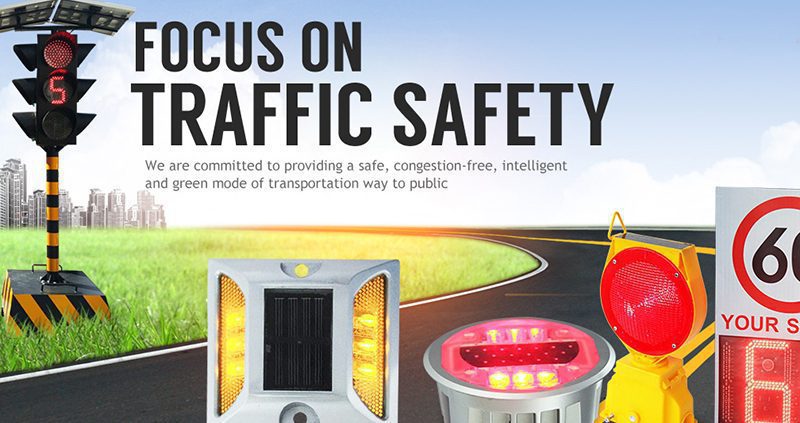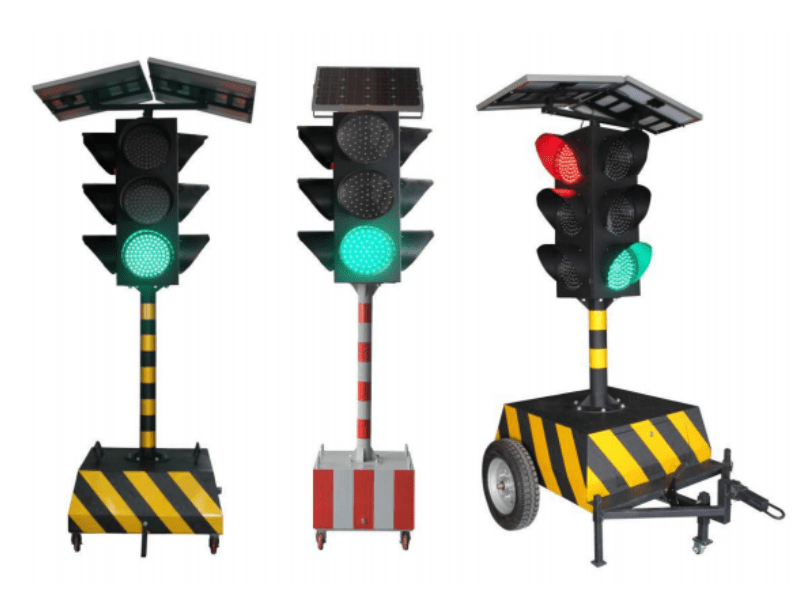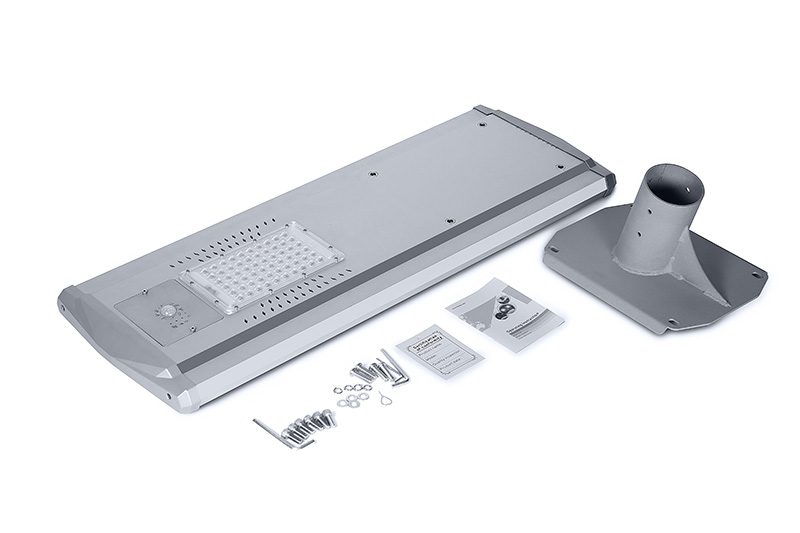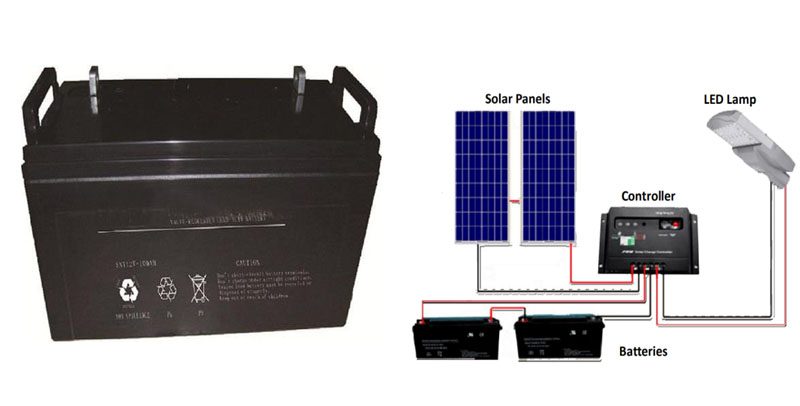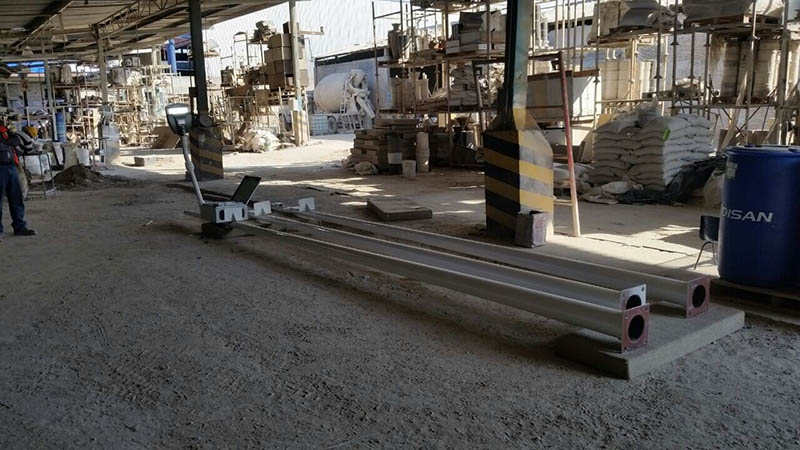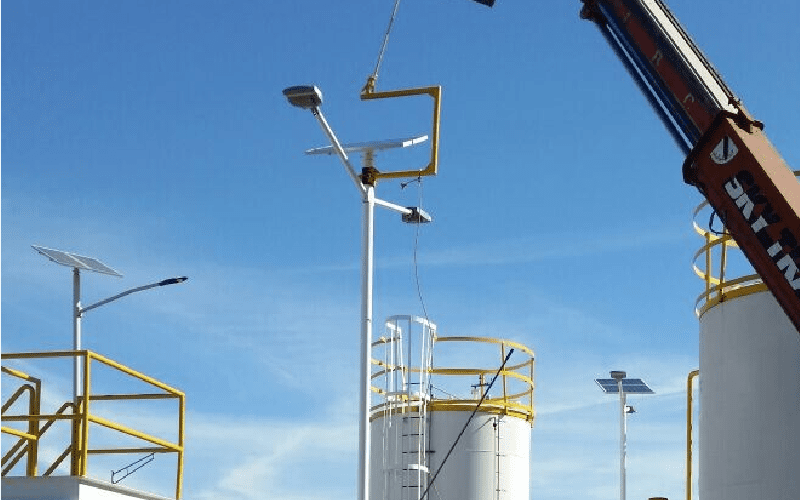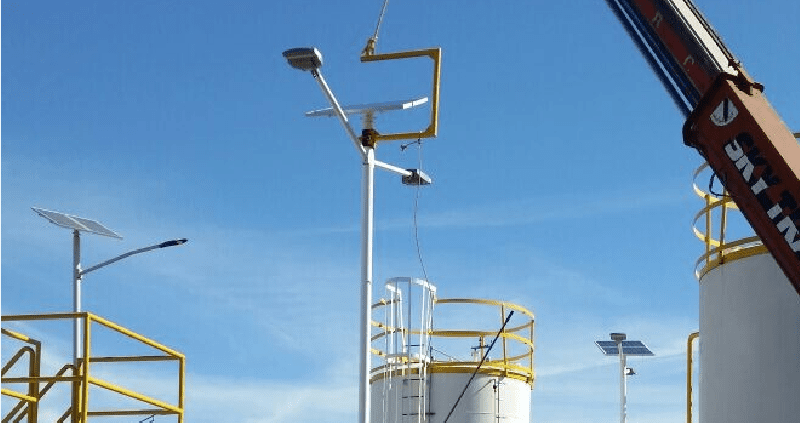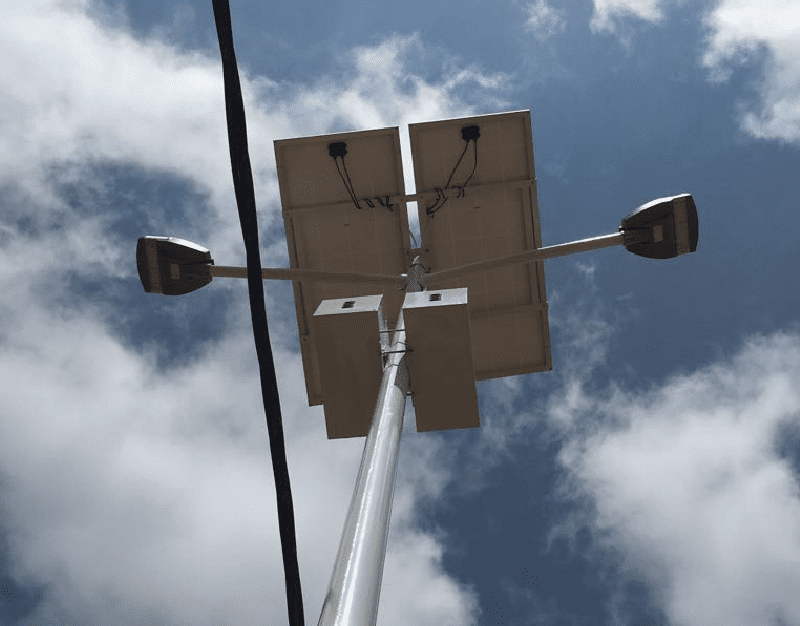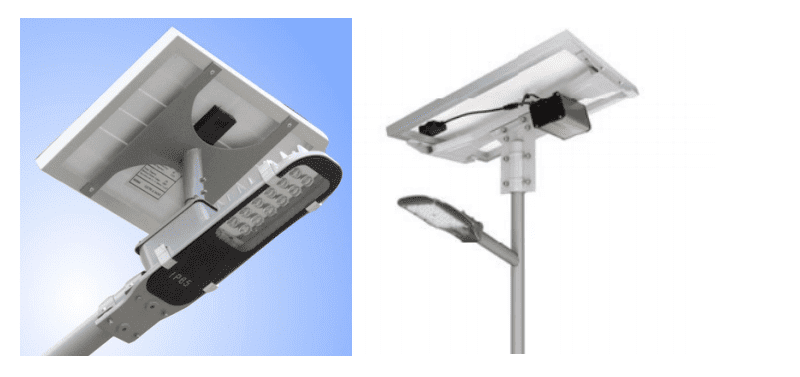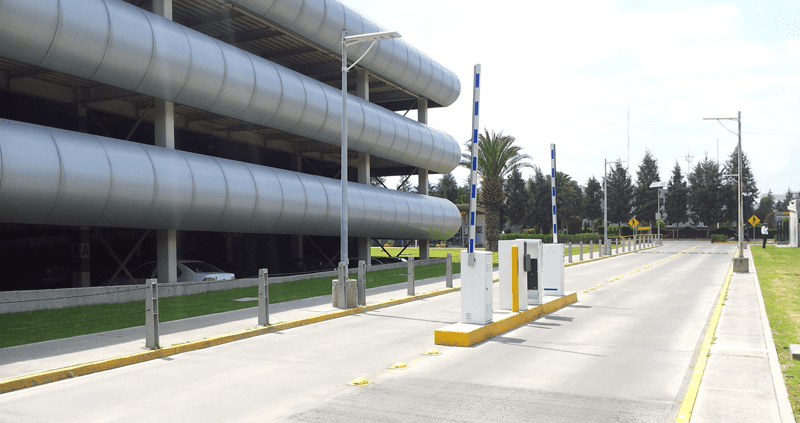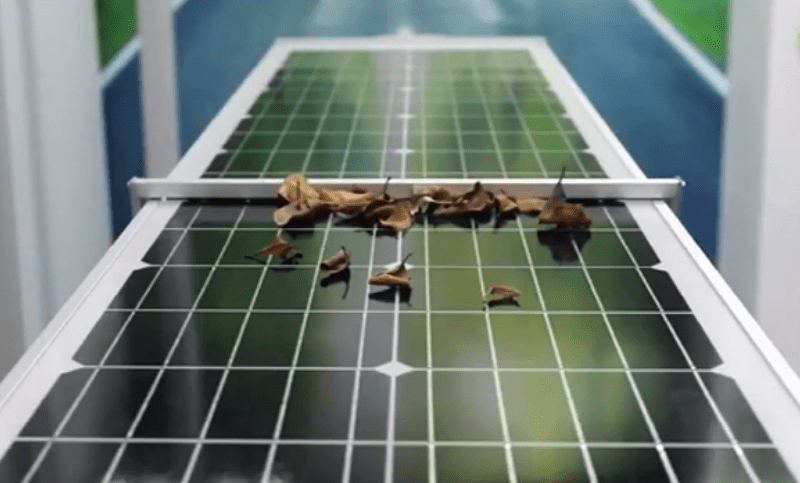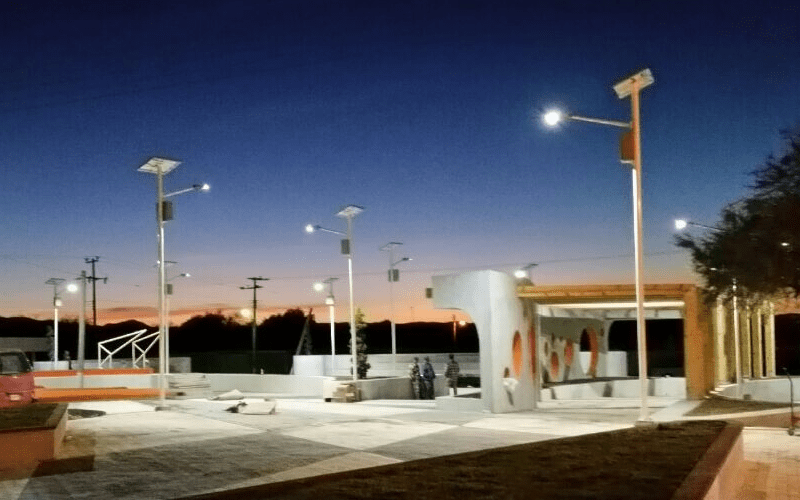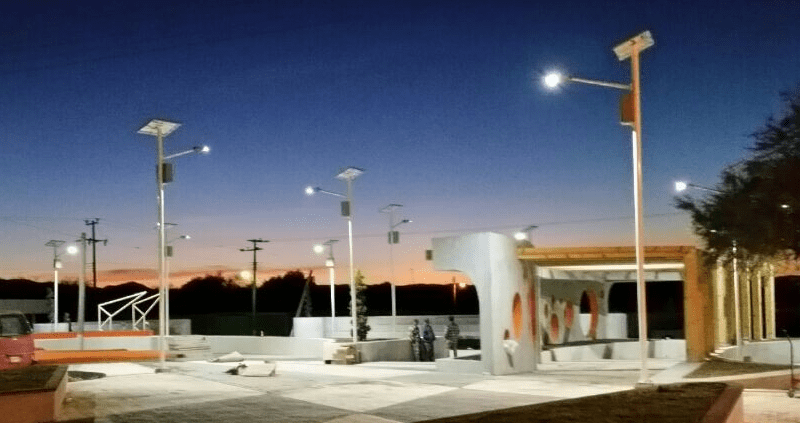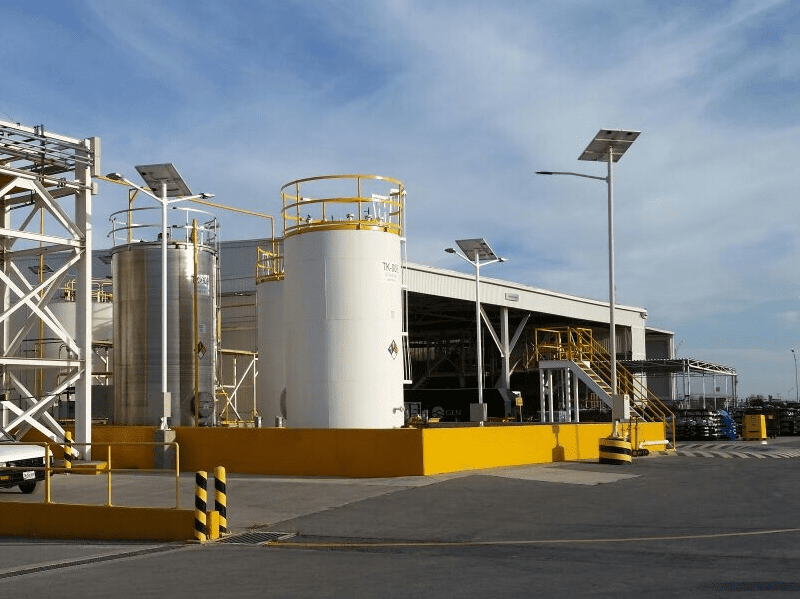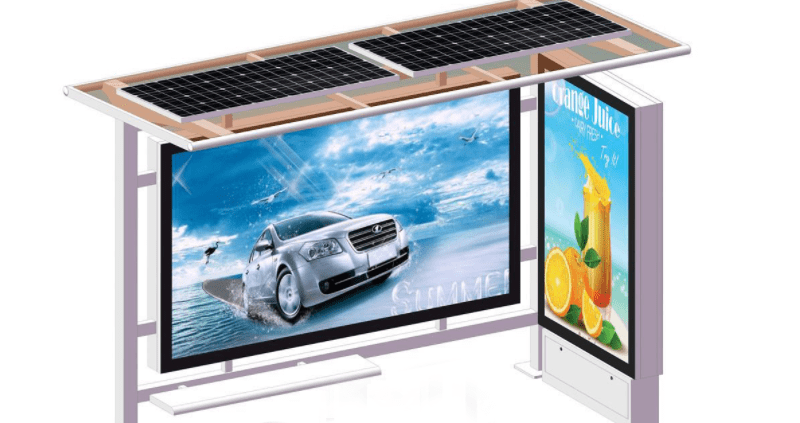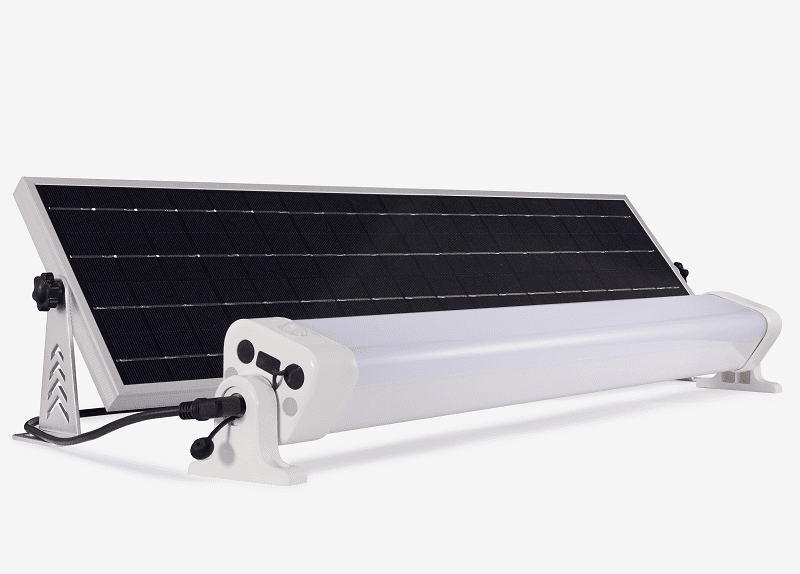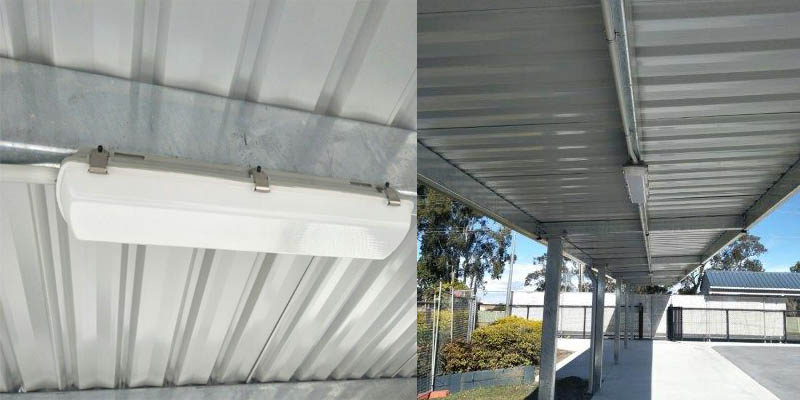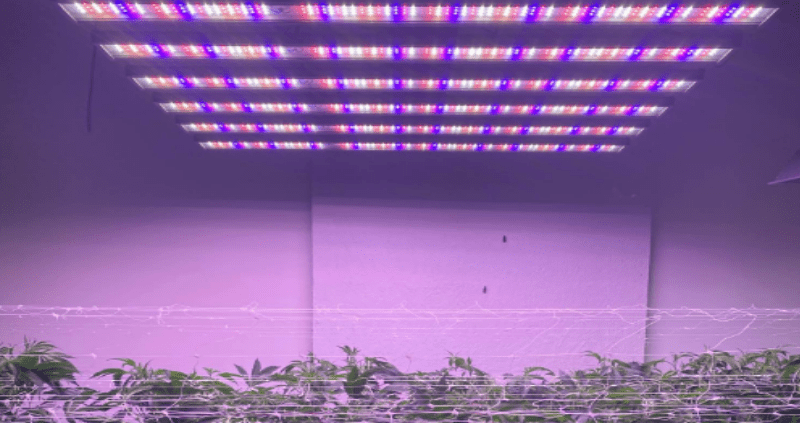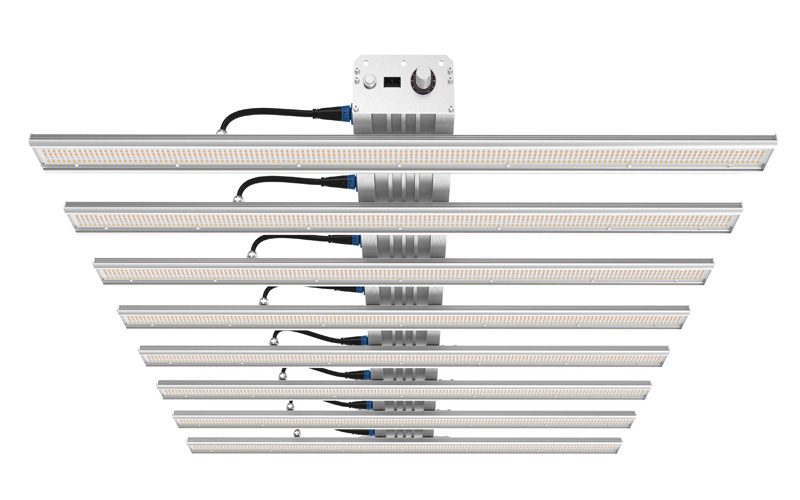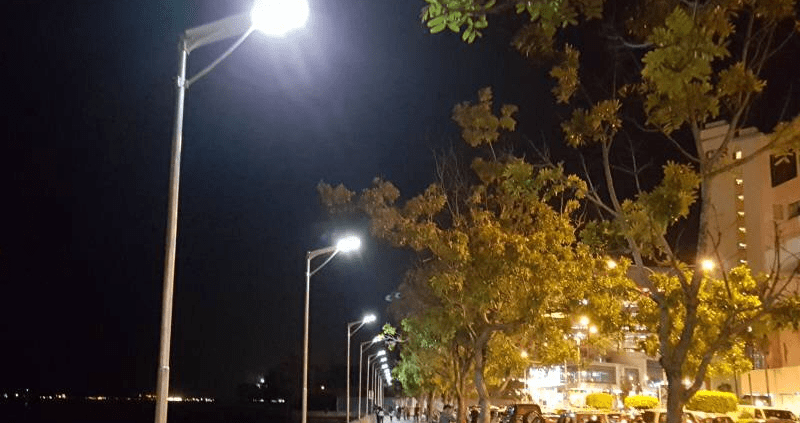Jedes Projekt hat ein Ziel, und wenn wir darüber sprechen, Solar-StraßenlaternenDas Ziel ist, eine umweltfreundlichere Alternative zu herkömmlichen Straßenlaternen zu sein. Um die Effizienz einer Solarstraßenlaterne zu maximieren, muss jede Komponente mit maximaler Energieausnutzung und minimalen Verlusten arbeiten. Wenn Sie über das Modell einer Solarstraßenlaterne nachdenken, kommen Ihnen möglicherweise viele verschiedene Designs und Strukturen in den Sinn. Während das grundlegende Design gleich bleibt, ist es nur die Ästhetik, die sich bei verschiedenen Varianten von Solarstraßenlaternen unterscheidet. Lassen Sie uns besprechen, wie man ein einfaches Modell einer Solarstraßenlaterne herstellt.
Ein Komplettpaket für ein Solar-Straßenlaternenmodell besteht normalerweise aus sieben Hauptteilen:
- Solarmodul, auch als Photovoltaikzelle bekannt – dient zur Umwandlung von Sonnenenergie in elektrische Energie
- Solarladeregler – dient zur Steuerung oder Regulierung des elektrischen Ladungsflusses vom PV-Modul zur Batterie
- Batteriepack – dient zum Speichern elektrischer Ladung für den nächtlichen Gebrauch
- Straßenlaterne – eine Lichtquelle
- Masten – zur Verbindung verschiedener Teile und zur Montage auf erhöhten Flächen
- Fernbedienung – zur Steuerung, Verwaltung und Wartung des Solarstraßenlaternenmodells
Je nach Hersteller kann der Komponententyp variieren.

Entwurf eines Solar-Straßenlaternenmodells
Berechnen Sie zunächst die Lichtmenge, die zur Beleuchtung des Bereichs erforderlich ist. Die verwendete Glühbirne gibt die Wattzahl an. Verwenden Sie diese Wattzahl und die Beleuchtungsdauer, um die Wattstunden der Batterie und aller Komponenten zu berechnen, die Strom verbrauchen. Die Wattstunden helfen Ihnen bei der Auswahl des PV-Moduls, das diese Energiemenge erzeugen kann. Denken Sie an die Energieverluste und wählen Sie immer ein PV-Modul, das mehr Energie erzeugen kann, als zum Ausgleich der Verluste erforderlich ist. Der Winkel und die Wattspitze hängen vom Installationsort ab, also überprüfen Sie dies.
Um herauszufinden, welche Batteriegröße Sie verwenden sollten, können Ihnen die für die Beleuchtung benötigten Wattstunden dabei helfen. Mithilfe einiger grundlegender elektrischer Formeln können Sie die Ladetiefe, die Nennladung und die Kapazität der Batterie in Amperestunden ermitteln.
Die Größe des Ladereglers hängt vom Strombedarf des Panels und Ihrer Wahl des Energiespeichers ab. Die Grundregel lautet, einen Laderegler zu verwenden, der den Strom vom Panel verarbeiten kann.
Zusammenbau des Solarpanels
Die Solarmodule bestehen aus Halbleitern, also aus Stoffen, die unter bestimmten Bedingungen Elektrizität leiten können. Das meistverwendete Material ist Silizium, aber es gibt auch andere Materialien wie Galliumarsenid, Indiumphosphid und Kupferindiumdiselenid. Zur Herstellung einer Solarzelle werden Billionen von Siliziumatomen in Form einer Waferschicht benötigt. Jedes Siliziumatom enthält extrem kleine und winzige Dinge, die Elektronen genannt werden. Diese winzigen Elektronen tragen eine elektrische Ladung. Wenn Sonnenlicht auf die Zellen trifft, lösen die im Sonnenlicht vorhandenen Photonen die Elektronen aus ihren Atomen, und während die Elektronen durch die Zelle fließen, erzeugen sie Elektrizität.
Das Solarmodul wird über Kabel an der Stange und an anderen Komponenten des Solarbeleuchtungssystems befestigt. Halterungen und Rahmen dienen zur Befestigung des Solarmoduls. Diese Halterungen bestehen normalerweise aus Aluminium, damit sie leicht und wetterbeständig sind.
Zusammenbau der Batterie
Die Batterie wird mithilfe von Kabeln zusammengebaut, die den Anschluss an das PV-Modul und die LED-Lampe ermöglichen. Die Batterie ist so konzipiert, dass sie über längere Zeiträume kontinuierlichen Strom liefert. Die Batterie wird normalerweise in einem Aluminiumgehäuse mit offenen Lüftungsschlitzen aufbewahrt, um die Belüftung aufrechtzuerhalten und die von den Batterien erzeugte Wärme abzuleiten.
LED-Leuchte
Die LED-Leuchte wird über Halterungen an der Stange befestigt und die Höhe der LED-Leuchte wird angepasst, um die richtige Lichtstärke zu erzielen. Es gibt viele Designs von LED-Leuchten, und sie unterscheiden sich für verschiedene Varianten von Solarleuchten
Das System effizienter machen
Um das gesamte System zu optimieren, müssen bestimmte Komponenten sorgfältig ausgewählt werden. Zunächst sollten anstelle von Leuchtstofflampen LED-Leuchten verwendet werden, um den Energieverbrauch zu senken.
Verwenden Sie die beste Speichertechnologie für den Akkupack. In den meisten Fällen werden Lithium-Ionen-Akkus für den Einsatz in Solaranlagen empfohlen. Es gibt auch einige andere Technologien wie Blei-Säure-, Gelzellen-Akkus usw.
Verwenden Sie monokristalline PV-Module, da diese im Vergleich zu polykristallinen als effizienter gelten.
Minimieren Sie die Energieverluste in Ihrem System, indem Sie effiziente Kabelverbindungen wählen. Der von Ihnen verwendete Controller sollte das System effizient ein- und ausschalten können.
Einsatz intelligenter Sensoren
Das Solarbeleuchtungssystem kann mit den folgenden intelligenten Steuerungen und einigen Sensoren ausgestattet werden, um seine Effizienz zu steigern. Ein passiver Infrarotsensor, der zur Bewegungserkennung und zur Steuerung der Beleuchtungsstärke verwendet wird. Die Verwendung von Solarleuchten mit installiertem Bewegungssensor ist eine effektive Möglichkeit, jede Aktivität außerhalb Ihres Hauses zu erkennen, da sie sofort Licht auf die Person oder das Objekt werfen. Es gibt auch andere Bewegungssensoren wie Mikrowellen-Bewegungssensoren, Dual-Technologie-Sensoren usw.
Batterieüberwachung
Dies ist hilfreich, um Schäden an der Batterie zu vermeiden. Wenn die Batterie eine Überladung erkennt, reduziert sie einfach den Energiefluss und wenn es aufgrund einer Abnahme der Sonnenintensität oder eines plötzlichen Anstiegs des Stromverbrauchs zu einem Spannungsabfall kommt, ermöglicht sie die Aufrechterhaltung einer angemessenen Spannungsregulierung.


